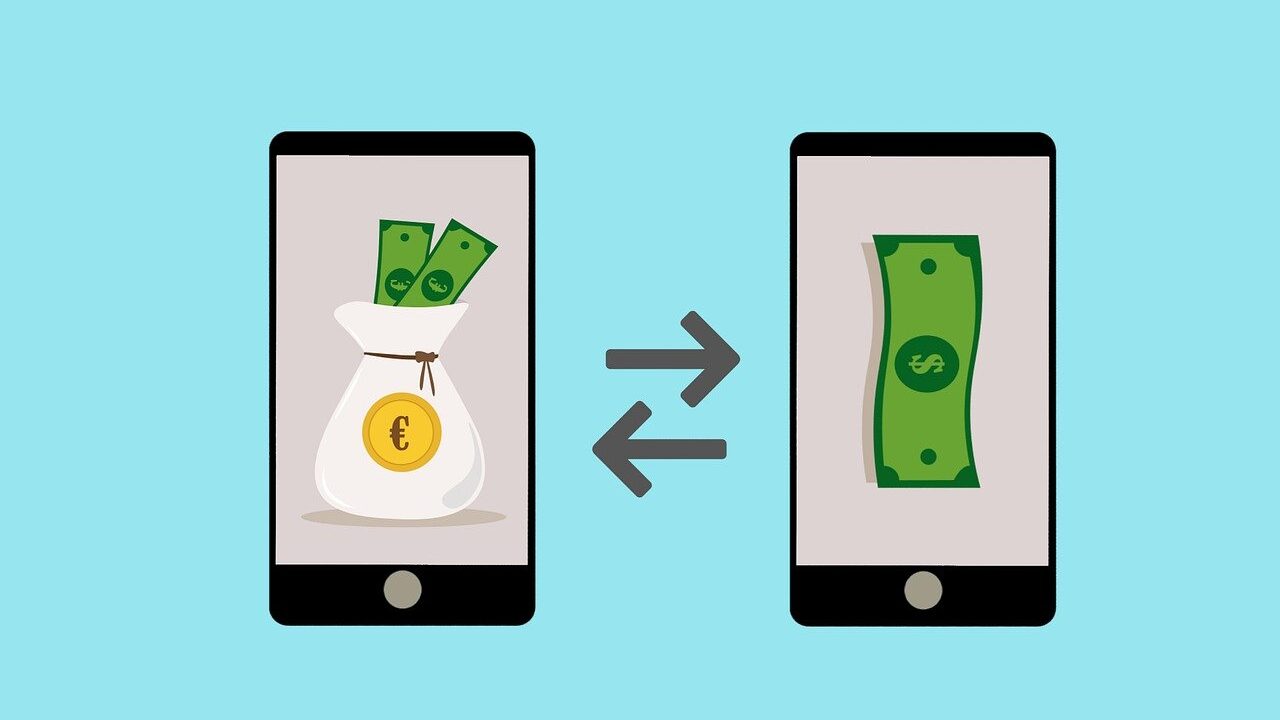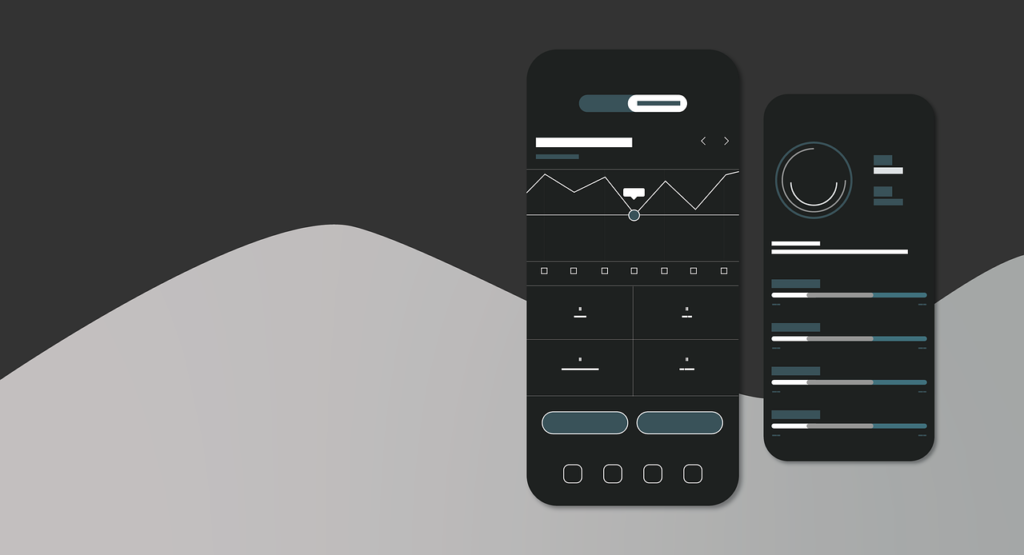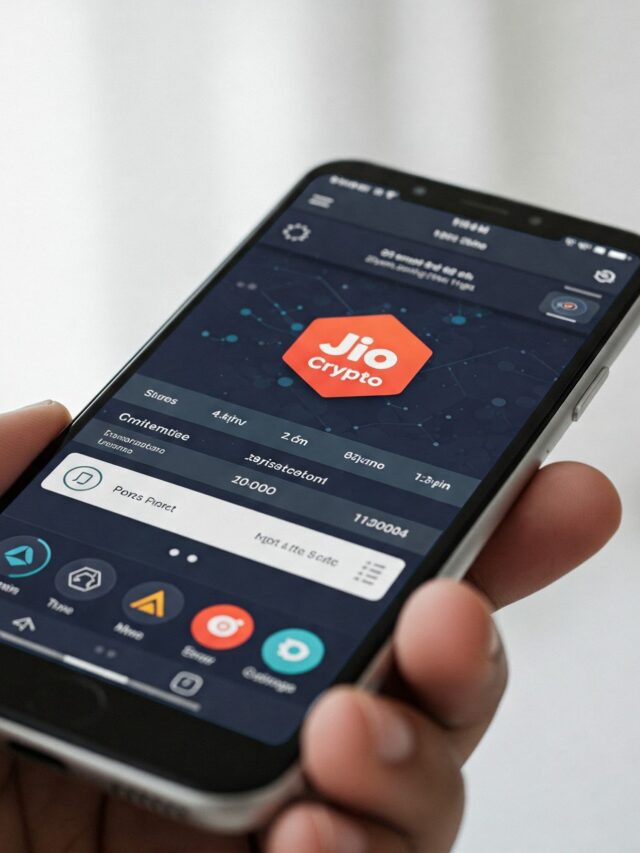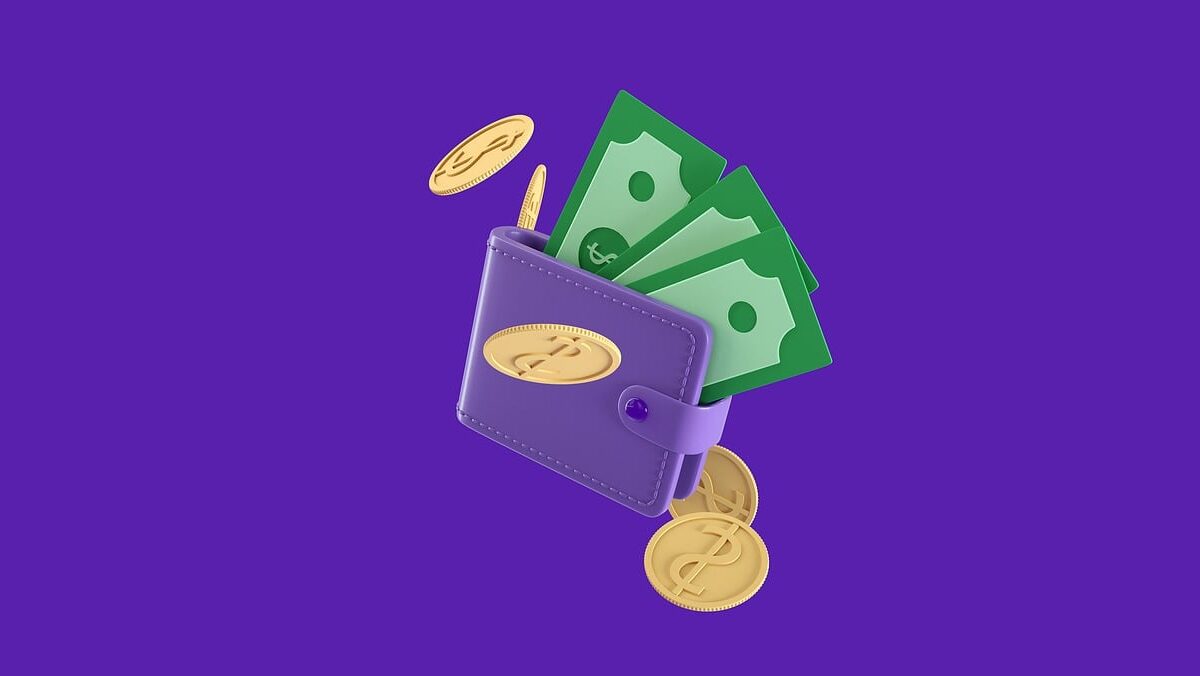Cryptocurrency wallet is a digital tool that allows users to store and manage theirs cryptocurrencies assets, such as Bitcoin, Ethereum, and others. Cryptocurrency wallets are different from the traditional wallets we are used to carrying around because they store the private keys that will give you access to the digital money on the blockchain. These wallets serve as a bridge between you and your cryptocurrencies, allowing you to transact, check balances, and protect your assets.
Key Features of a Cryptocurrency Wallet
- Secure Storage: Keeps your private keys safe from anyone who shouldn’t have them.
- User Interface: Helps with managing transactions and keeping an eye on balances.
- Multi-Currency Support: Makes it easy to handle different cryptocurrencies all in one spot.
How Does a Cryptocurrency Wallet Work?
A cryptocurrency wallet doesn’t hold your digital coins like a regular wallet. What it does is keep safe the private and public keys you need to make transactions on the blockchain. Let’s take a closer look at how it all functions:
Private and Public Keys
- Public Key: This comes from your private key and acts like an account number. It serves as the address where people can send you cryptocurrency. You can think of it as the “receiving address” for your wallet.
- Private Key: This string is a special key that serves as a password for your wallet. It lets you get to your money and confirm transactions. If you lose this private key, you will lose access to your cryptocurrency.
Wallet Addresses
A wallet address is basically a shortened form of your public key. It makes it easier for you to send and receive transactions.

Transaction Process in Detail
- Initiating a Transaction: To send cryptocurrency, simply enter the wallet address of the person you’re sending it to, along with how much you want to transfer, in your wallet app.
- Signing the Transaction: Your wallet takes your private key to create a digital signature for the transaction. This step proves that you own the funds being sent and makes sure the transaction can’t be changed after it’s signed.
- Broadcasting to the Network: After being signed, the transaction gets sent out to the blockchain network. It then sits in a waiting area known as the mempool, where it will be checked and confirmed by miners or validators, according to how the blockchain reaches agreement.
- Validation and Confirmation: Miners or validators check if the transaction is real and if you have enough money. After they confirm everything, they add the transaction to the blockchain as a new block.
- Finalization: Once enough blocks are added after your transaction block, it is seen as secure and finished.
Example Scenario
Imagine Alice wants to send 1 Bitcoin (BTC) to Bob. Here’s how the process works:
- Alice uses her wallet to enter Bob’s wallet address and the amount (1 BTC).
- Her wallet software uses her private key to sign the transaction.
- The transaction is broadcast to the Bitcoin network and validated by miners.
- After validation, the transaction is added to the blockchain.
- Bob’s wallet reflects the 1 BTC once the transaction is confirmed.
Additional Features of Cryptocurrency Wallets
- Backup and Recovery: Most wallets provide seed phrases, a series of random words that can restore your wallet in case of device loss.
- Fee Customization: Some wallets allow users to adjust transaction fees, which can speed up or slow down the confirmation process based on network congestion.
- Integration with Decentralized Applications (DApps): Many wallets, especially mobile and browser-based ones, enable interaction with blockchain-based applications.
Understanding these technical aspects can empower users to make informed decisions when managing their digital assets.
Types of Cryptocurrency Wallets
There are many types of cryptocurrency wallets, each designed to meet different needs and tastes. Generally, they fall into two main groups: hot wallets and cold wallets, and each group has its own specific types.
1. Hot Wallets
Hot wallets are linked to the internet, which makes them easy to use for everyday transactions. But this ongoing connection also exposes them to more online risks.
a. Mobile Wallets
- Description: Mobile wallets are applications installed on smartphones. They are user-friendly and often include additional features such as QR code scanning for easy transactions.
- Examples: Trust Wallet, MetaMask
- Best For: Everyday use and quick transactions.
b. Desktop Wallets
- Description: Desktop wallets are software applications installed on computers. They provide more robust features and higher security compared to mobile wallets.
- Examples: Exodus, Electrum
- Best For: Users who prefer managing their cryptocurrency from their desktop.
c. Web Wallets
- Description: Web wallets are accessed through internet browsers without requiring installation. They offer high convenience but depend on the security measures of the hosting provider.
- Examples: Coinbase Wallet, Guarda Wallet
- Best For: New users and those who prioritize accessibility.
d. Software Wallets
- Description: Software wallets can be categorized as mobile, desktop, or web wallets. They are designed for convenience and often include integration with exchanges, multi-currency support, and advanced security features. While they are more exposed to online threats, regular updates and proper practices can mitigate risks.
- Examples: MetaMask, Exodus, Trust Wallet
- Best For: Active traders and those exploring decentralized finance (DeFi) applications.

2. Cold Wallets
Cold wallets are offline wallets, offering enhanced security at the expense of accessibility. They are ideal for long-term storage of large amounts of cryptocurrency.
a. Hardware Wallets
- Description: Hardware wallets are physical devices specifically designed to store cryptocurrency securely. They are immune to online attacks.
- Examples: Ledger Nano X, Trezor Model T
- Best For: Users looking for maximum security for significant holdings.
b. Paper Wallets
- Description: Paper wallets involve printing the public and private keys on a piece of paper. They are highly secure if stored properly but are less convenient for regular use.
- Examples: Generated using wallet generator tools.
- Best For: Users who need a simple and cost-effective offline storage solution.
3. Multi-Signature Wallets
- Description: Multi-signature wallets require multiple private keys to authorize a transaction. This adds an extra layer of security.
- Examples: BitGo, Armory
- Best For: Organizations or groups managing shared funds.
4. Custodial vs. Non-Custodial Wallets
- Custodial Wallets: The wallet provider manages your private keys. While convenient, you rely on the provider’s security measures.
- Non-Custodial Wallets: You have complete control over your private keys. These are more secure but require more responsibility.
Comparison of Cryptocurrency Wallet Types
| Feature | Hot Wallets | Cold Wallets | Mobile Wallets | Desktop Wallets | Web Wallets | Hardware Wallets | Paper Wallets | Software Wallets |
| Accessibility | High | Low | High | Moderate | High | Low | Low | High |
| Security | Moderate | High | Moderate | High | Low | Very High | High | Moderate to High |
| Best For | Daily Transactions | Long-Term Storage | On-the-Go Use | Desktop Users | Beginners | Maximum Security | Offline Backup | Traders and DeFi Users |
| Examples | Trust Wallet, MetaMask | Ledger Nano X, Trezor | Trust Wallet | Exodus | Coinbase | Ledger | Generated Paper | MetaMask, Exodus |
| Cost | Free (mostly) | Paid (hardware costs) | Free | Free | Free | Paid | Free | Free or Low-Cost |
Comparison of the Best Cryptocurrency Wallets
| Company | Number of Currencies Supported | Supports Bitcoin | Incorporated Exchange | Customizable Fees | Compatible Hardware | Type of Wallet |
| Guarda | 400,000+ | Yes | Yes | Yes | Yes | Hot |
| Exodus | 100+ | Yes | Yes | Yes | Yes | Hot |
| Electrum | 1 | Yes | No | Yes | Yes | Cold |
| Mycelium | 8+ | Yes | Yes | Yes | Yes | Hot |
| Coinbase Wallet | Thousands | Yes | Yes | Yes | Yes | Hot |
Crypto Wallet Security: How to Keep Your Assets Safe
Keeping your cryptocurrency wallet safe is really important. It helps stop unauthorized people from getting in and protects your digital money. Here are some important steps to take:
1. Use Strong Passwords
Pick a solid and one-of-a-kind password for your wallet. Steer clear of using things that are easy to guess, such as your birthday or popular words.
2. Enable Two-Factor Authentication (2FA)
Two-factor authentication adds an extra layer of security by requiring a second verification step, such as a code sent to your phone.
3. Backup Your Wallet
Regularly back up your wallet’s private keys or seed phrases and store them in a safe, offline location.
4. Update Software Regularly
Keep your wallet software up to date to ensure you have the latest security patches and features.
5. Avoid Public Wi-Fi
Avoid accessing your wallet on public Wi-Fi networks, as they can be vulnerable to hackers.
6. Use Hardware Wallets
For maximum security, consider using a hardware wallet, especially for large holdings.
7. Beware of Phishing Attacks
Be cautious of emails or messages claiming to be from your wallet provider. Always verify the source before providing any sensitive information.
FAQs about Cryptocurrency Wallets
1. What is the safest type of cryptocurrency wallet?
Cold wallets, such as hardware wallets, are considered the safest due to their offline nature, which protects them from online threats.
2. Can I store multiple cryptocurrencies in one wallet?
Yes, many wallets support multiple cryptocurrencies, allowing you to manage various assets in one place.
3. What happens if I lose my private key?
If you lose your private key and don’t have a backup, you may permanently lose access to your cryptocurrency.
4. Are web wallets safe?
Web wallets are convenient but less secure compared to other types. Ensure the provider has robust security measures in place.
5. Do I need a wallet to trade cryptocurrencies?
If you trade on an exchange, the platform may provide a custodial wallet. However, for added security, consider transferring assets to your own wallet.
The Bottom Line
Cryptocurrency wallets are indispensable tools for anyone involved in the crypto space. Choosing the right wallet depends on your specific needs, such as security, accessibility, and the type of cryptocurrencies you plan to store. Whether you’re a casual trader or a long-term investor, understanding the different wallet types and their features will help you safeguard your digital assets effectively.
How We Chose the Best Cryptocurrency Software Wallets
To compile this guide, we evaluated wallets based on the following criteria:
- Security Features: We prioritized wallets with robust security measures, such as encryption and 2FA.
- User Experience: Wallets with intuitive interfaces and ease of use were rated highly.
- Multi-Currency Support: Preference was given to wallets that support a wide range of cryptocurrencies.
- Reputation: We considered user reviews, expert opinions, and the wallet provider’s track record.
- Compatibility: Wallets compatible with multiple devices and platforms received higher rankings.
- Cost: Free and reasonably priced wallets were favored, particularly those with customizable fee structures.
By understanding the fundamentals of cryptocurrency wallets and making informed choices, you can confidently navigate the world of digital assets while keeping your investments secure.







One thought on “What is a Cryptocurrency Wallet ? How to Store, Send, and Receive Crypto Safely”